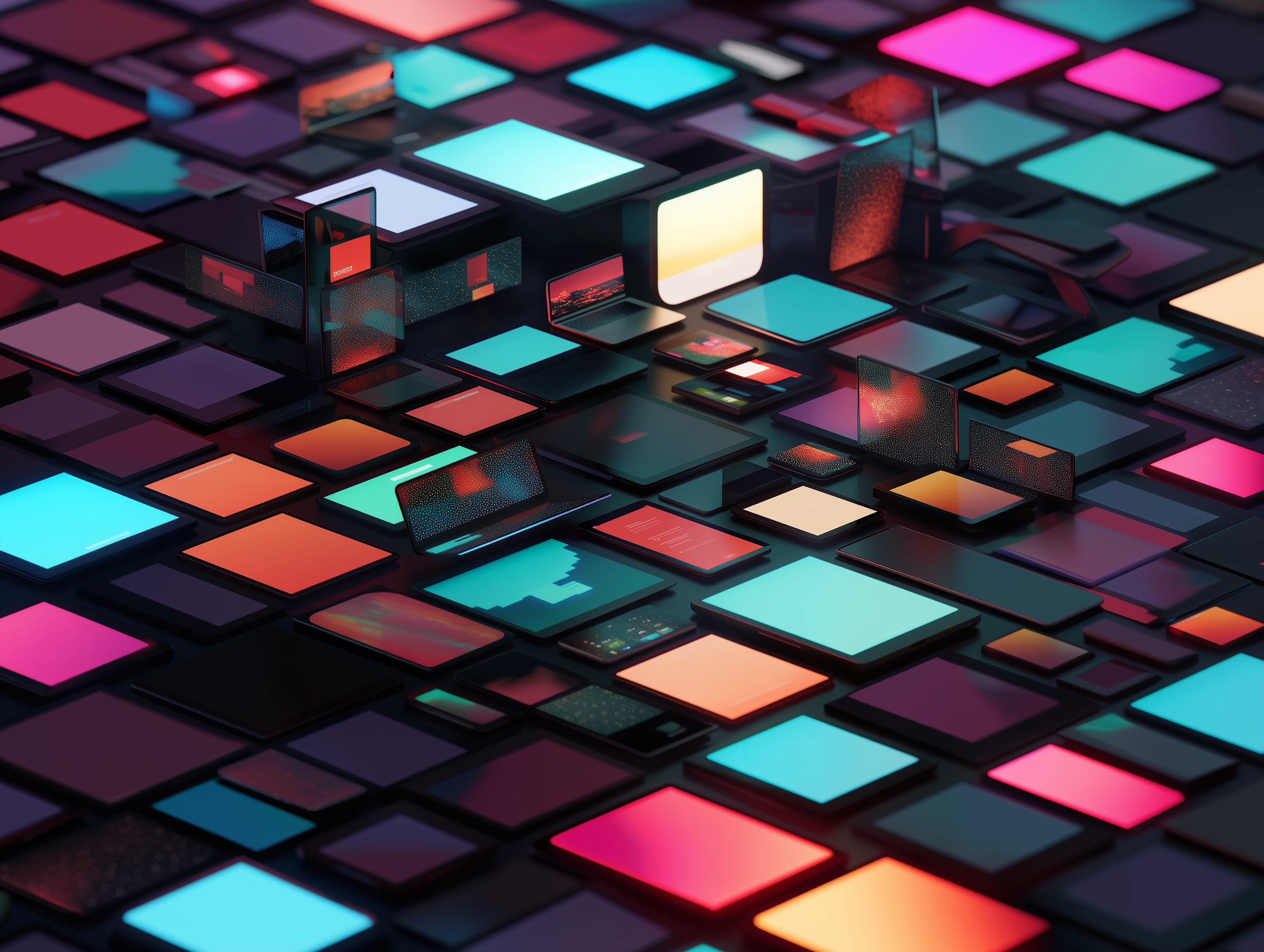How Brands, Agencies, and Creatives Are Using AI to Elevate Content Strategies
"By 2025, 30% of outbound marketing messages from large organizations will be synthetically generated." - (Gartner)
Artificial intelligence (AI) is reshaping content creation, offering new ways for brands, agencies, and creatives to push the boundaries of storytelling and engagement. However, AI is not just about automation—it's a tool that can support human creativity, helping teams work more efficiently while maintaining the core identity and strategy of each brand. Here’s how AI is empowering content creators and marketers to produce more impactful work:
1. Hyper-Personalized Content Recommendations
AI’s ability to analyze vast amounts of data in real-time allows for personalized content experiences. Brands are using this technology to offer tailored recommendations, improving engagement by delivering content that resonates on an individual level.
Example: Spotify and Netflix use AI to curate personalized content suggestions based on user behavior, helping enhance user experiences. However, these recommendations are always fine-tuned to align with the broader creative strategies developed by human teams. "75% of what users watch on Netflix comes from AI-driven recommendations." -
2. Automated Content Generation with Creative Oversight
AI can assist in producing a variety of content types—text, images, and video—at scale, allowing creators to focus more on strategic and creative elements.
Text Generation: Tools like ChatGPT and Jasper.ai help produce drafts for everything from blog posts to social media copy, but human creators refine and shape the content to ensure it meets brand standards and voice.
Image Creation: DALL-E 3 and other AI tools are enabling designers to quickly generate unique visuals, but design teams still oversee and adapt these outputs to ensure they align with the brand’s aesthetic.
See how Heinz used AI to create unique imagery for their ketchup campaign
Video Production: Platforms like Synthesia and Runway allow for the quick creation of explainer videos or product demos. While AI can generate video content, human teams are essential in setting the narrative and ensuring the final product is cohesive with the brand’s identity.
3. AI-Driven Content Optimization and SEO
AI-powered tools streamline content optimization for search engines by providing data-driven insights into keywords, search trends, and technical issues. While AI handles much of the data, SEO strategists and content teams ensure the content aligns with the brand’s messaging and audience needs.
SEO Tools: Platforms like Frase and SurferSEO help identify keywords and optimize content structure, but creative teams are still critical for integrating these insights into well-crafted, engaging narratives.
"77% of marketers say AI has significantly improved their SEO performance." - HubSpot
4. AI-Powered Content Curation and Distribution
AI plays a key role in automating content distribution and personalizing content feeds, making it easier for brands to reach their audiences efficiently.
Content Feeds: TikTok and Instagram use AI to curate highly personalized content streams for users, but it’s still the creative direction that defines how engaging and relevant that content is.
Automated Scheduling: Tools like Hootsuite and Lately.ai assist in automating content distribution, ensuring that posts are published at the right times and across the right platforms. This frees up human teams to focus on creating quality content and crafting longer-term strategies.
5. Predictive Analytics and Trend Forecasting
AI’s predictive capabilities help brands anticipate trends and shifts in consumer behavior, giving teams the insights needed to plan effectively.
Trend Forecasting: Tools like Google Trends and AI-powered analytics can highlight emerging topics or behaviors, but it’s up to content and strategy teams to decide how to creatively incorporate these insights into campaigns.
6. AI-Generated Influencers and Virtual Avatars
AI-generated influencers and avatars offer new possibilities for engagement, especially in digital marketing. While AI creates these figures, human oversight ensures that they fit into the brand's broader creative and marketing strategy.
AI Influencers: Virtual influencers, such as Lil Miquela, are gaining traction in digital marketing. Brands use AI to create these figures, but the overall direction and content strategies are still human-driven.
Balancing Automation with Creative Strategy
AI offers powerful tools that enhance content creation and distribution, helping teams scale and optimize their work. However, creativity, strategy, and human oversight are key in ensuring that AI-generated content aligns with the brand’s vision and maintains high standards.
Incorporating AI into content workflows allows agencies and creatives to focus more on the strategic and creative elements that define great content, while AI handles repetitive tasks, analysis, and large-scale production needs. Together, AI and human creativity can produce more impactful, personalized, and effective content strategies
